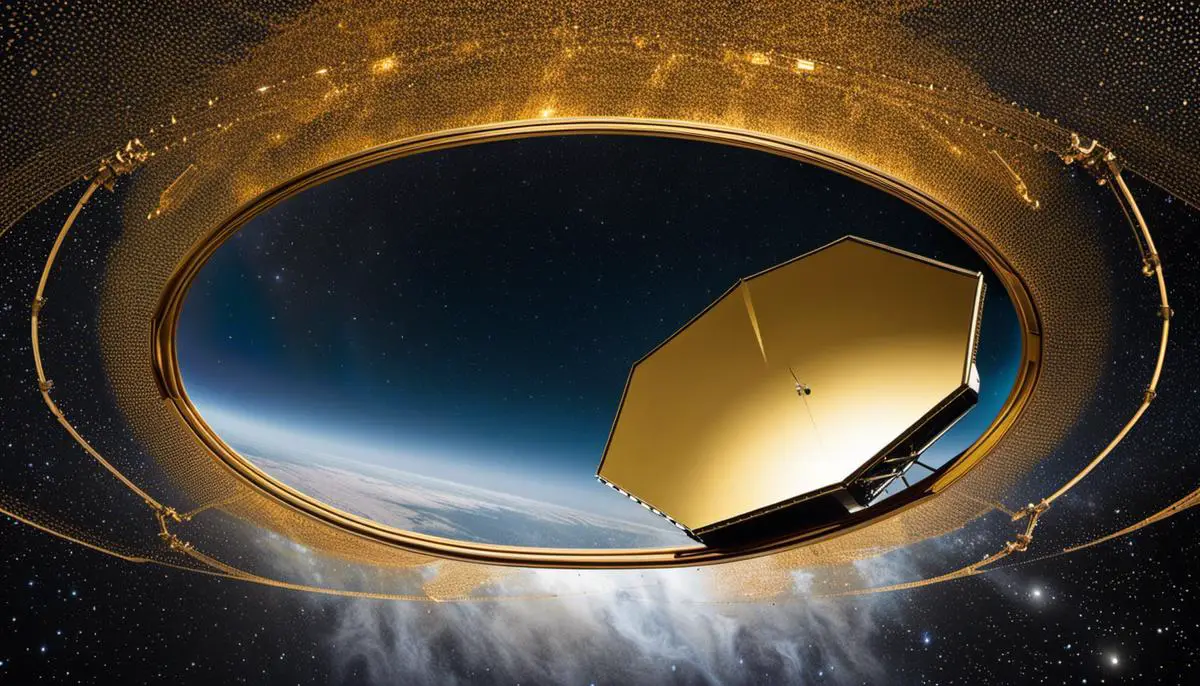The cosmos holds countless mysteries, many of which are likely to remain unexplained until humans have advanced tools powerful enough to explore further and deeper into space. The James Webb Space Telescope (JWST), hailed as a giant leap in this endeavor, is set to keep humanity’s quest alive in the infinite expanse of space. It’s not just a successor to the renowned Hubble Space Telescope; it’s an evolution, primed to open new frontiers in astronomy. From investigating exoplanets for signs of life to peering into the early universe and shedding light on the enigmatic dark matter and dark energy, JWST is ready to become our new eye into the mysteries of the cosmos.
Understanding the James Webb Telescope
Understanding the James Webb Space Telescope (JWST)
The James Webb Space Telescope (JWST) is a massive space-based observatory that has succeeded the Hubble Space Telescope. Its development and construction were managed by NASA, with contributions from the Canadian Space Agency (CSA) and the European Space Agency (ESA). The primary mission of the JWST is to reveal the secrets of our universe including the first galaxies that formed, the evolution of stars and galaxies, the formation of stars and planetary systems, and the ingredients for life in the universe.
Beyond Hubble: The Revolutionary Tools and Technology of JWST
Unlike Hubble, which orbits Earth, JWST will be positioned a million miles away, at a place known as the second Lagrange point (L2). This location will enable the telescope to stay in line with Earth as we both orbit the Sun, protecting it from the heat and light of both celestial bodies. This protection will allow its infrared instruments to function optimally, a critical factor given its mission.
The telescope’s instruments suite is much more advanced than Hubble’s. It consists of four main tools – Near Infrared Camera (NIRCam), Near Infrared Spectrograph (NIRSpec), Mid-Infrared Instrument (MIRI), and Fine Guidance Sensor/ Near InfraRed Imager and Slitless Spectrograph (FGS/NIRISS). This array of instruments will enable JWST to perform in-depth investigations into the formation of stars and planets, among other things.
JWST’s Expected Discoveries
A considerable number of scientific discoveries are expected from the JWST due to its robust features and advanced equipment. Here are just a few possibilities. First, where Hubble offered observations suggesting the existence of black holes, JWST could provide the proof. Its high-frequency infrared observation can peer through dust that has obscured these phenomena from us until now.
Second, JWST has an incredible array of tools for studying exoplanets, planets that orbit stars outside our solar system. With its instruments, JWST will be able to study these planets’ atmospheres, search for chemical signs of life on them, and even capture direct images of large exoplanets.
Lastly, the telescope will look back further in time than we’ve ever seen before to witness the formation of the first galaxies in the universe. This capacity will give us invaluable insight into how galaxies form and evolve.
The James Webb Space Telescope is set to propel our understanding of the universe into new frontiers. By delving deep into the cosmos, the telescope promises to illuminate hidden aspects of the universe’s history, shed light on its composition, and potentially even hint at existence of life beyond Earth.
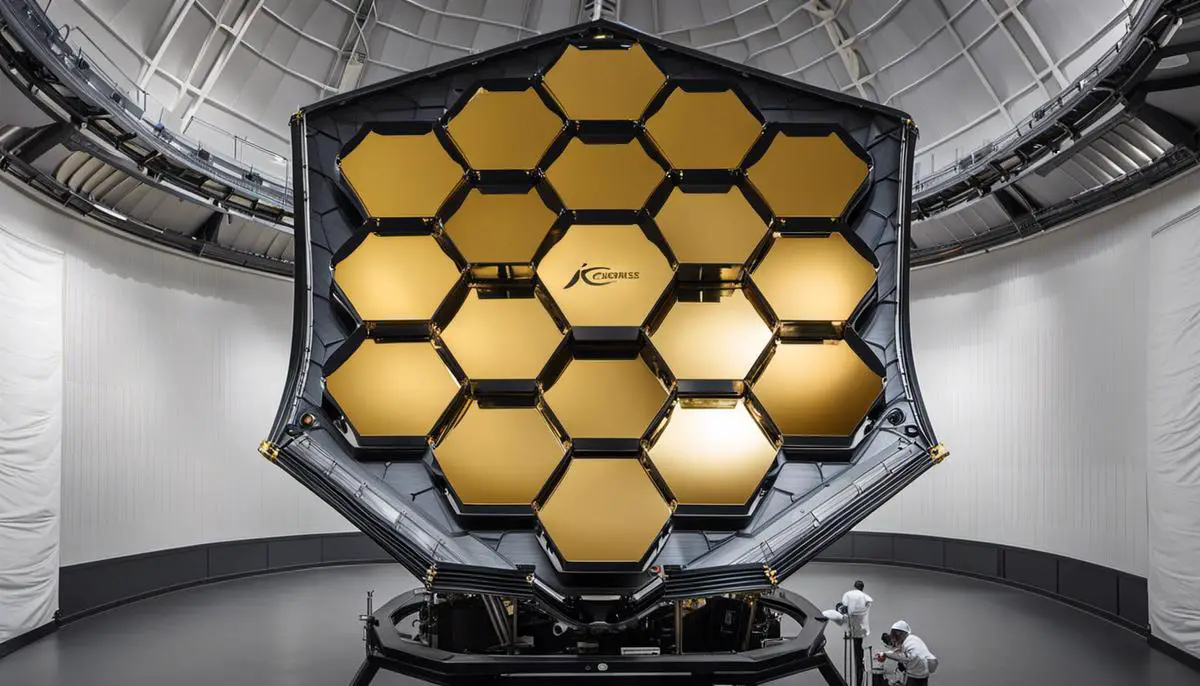
Exploring Exoplanets
Probing the Mysteries of Exoplanets: A Core Focus for JWST
One of the pivotal tasks of the James Webb Space Telescope (JWST) is to unearth the secrets of exoplanets – planets that orbit a star beyond our solar system. The goal of this mission is not merely academic. Identifying exoplanets comparable to Earth is a crucial step that could, one day, lead us to the discovery of extraterrestrial life.
Understanding JWST’s Capabilities
The JWST is equipped with cutting-edge scientific instruments that make it the most advanced space telescope to date. It hosts a set of infrared detectors far more powerful than those on Hubble Space Telescope, allowing it to portray the previously invisible aspects of the universe.
Locating Earth-Like Planets
One of the telescope’s key missions is to find exoplanets that are similar to Earth. These planets, located in the ‘habitable zones’ of their respective stars, could potentially support life. JWST is equipped with the capability to detect light that has passed through an exoplanet’s atmosphere. By analyzing this light, the telescope can determine the composition of the planet’s atmosphere, which could indicate the presence of conditions suitable for life.
Detecting Biosignatures
The James Webb Space Telescope can scope out biosignatures–chemical indicators of the life process–in the atmospheres of exoplanets. It does this by observing the exoplanet as it passes in front of its parent star. The starlight passing through the planet’s atmosphere can be analyzed to determine the chemicals present – oxygen, methane, water vapor, and more, all of which could suggest the existence of life.
Studying Exoplanet Atmospheres
The JWST’s powerful lens and infrared capabilities will allow scientists to study exoplanets’ atmospheres with unprecedented detail. It’s geared to provide intricate information about an exoplanet’s temperature, atmospheric pressure, and seasonal changes, along with the presence of potential life-sustaining components such as liquid water.
Exploring Cold and Distant Worlds
The JWST’s enhanced infrared sensitivity also makes it an effective tool to explore cold and distant worlds in our Solar System and beyond, that have eluded our existing observatories. It is expected to detect celestial bodies as distant as the far reaches of the Solar System, including various asteroids, Kuiper Belt objects, and possibly additional moons of Jupiter and Saturn.
On The Hunt for Exoplanets
Examining the role of the James Webb Space Telescope, its mission to unearth the secrets of the universe, particularly the world of exoplanets, is foreseen to radically advance our cosmic knowledge and could potentially transform our search for extraterrestrial life.
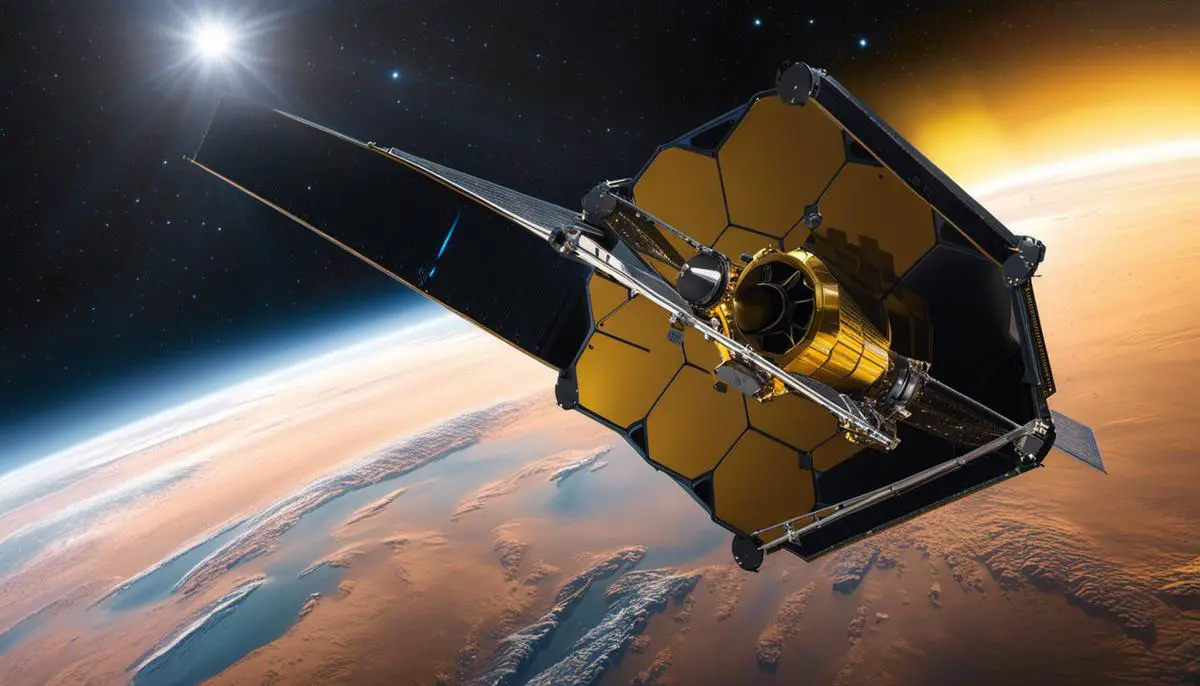
Probing the Early Universe
Unraveling Cosmic Beginnings with James Webb
Envisioned to journey beyond any known frontier, the James Webb Space Telescope (JWST) is equipped to probe the universe’s darkest corners to help us comprehend the early galaxies, and consequently, the birth and growth of the Universe itself. Its advanced design drastically improves upon the viewing capabilities of traditional ground-based telescopes, allowing it to reveal details about the universe that were previously beyond our reach.
Studying Early Galaxies and Stars
One of the most exciting aspects about the JWST is its ability to see through cosmic dust and observe light from the distant Universe. This unique feature helps it to observe the formation, development, and characteristics of early galaxies and stars. These celestial bodies, being the building blocks of the Universe, hold quintessential clues to our understanding of the Universe’s life cycle.
Shedding Light on ‘Cosmic Dawn’
The JWST offers a glimpse into a time commonly referred to as the ‘cosmic dawn’, which is the period immediately following the Big Bang. In this era, galaxies and stars were just starting to form, and the Universe was beginning to take the structure we broadly recognize today. Through its advanced suite of instruments, the telescope will be able to detect the faint light from the earliest stars and galaxies, potentially providing insights into this largely unexplored epoch.
Expecting Groundbreaking Discoveries
The powerful infrared capabilities of the JWST are expected to challenge and perhaps even change current theories about the formation of the Universe. The observations made with this revolutionary telescope will provide direct, measurable data about the earliest stars and galaxies – effectively transforming abstract theoretical concepts into observable scientific reality.
The Game-Changing Potential of the JWST in Astronomy
If we look at the future of astronomy, we see the James Webb Space Telescope (JWST) right at its forefront. It has the potential to serve as a significant pathway into an entirely new era of astronomical discovery. Projected to revolutionize our understanding of the universe’s evolution, the JWST will inevitably influence our grasp of the complex cosmic laws at play. Consequently, anticipated findings from this cutting-edge telescope are set to drastically shape our future perception and comprehension of the Universe.
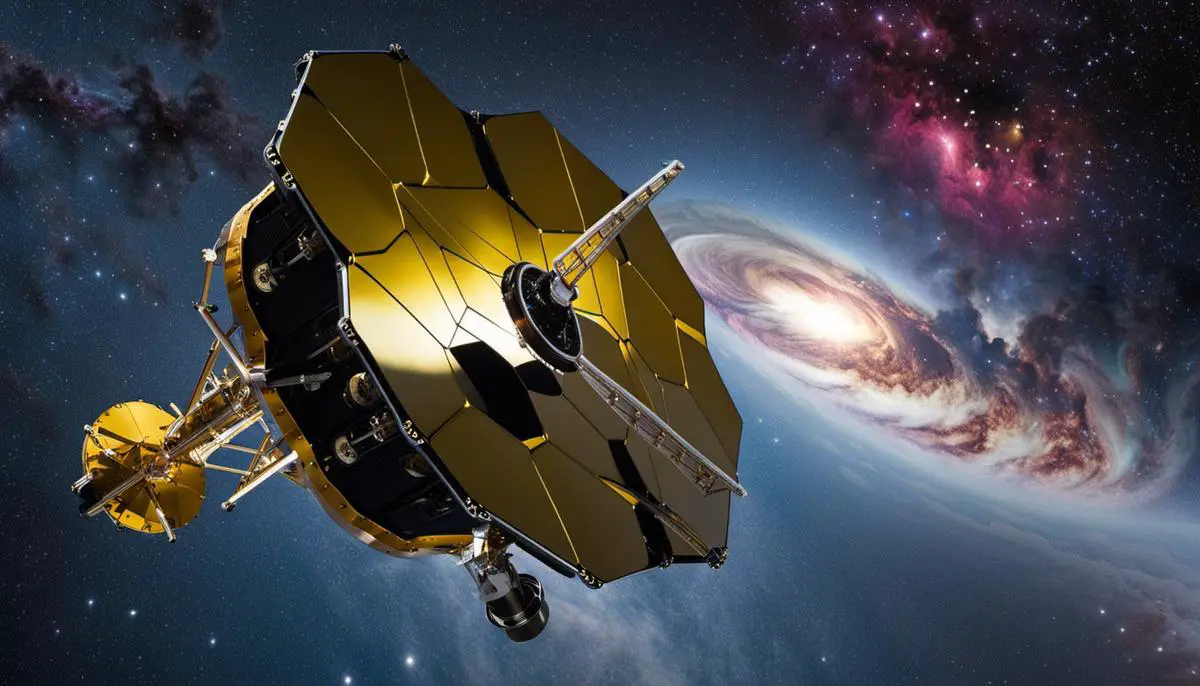
Investigating Dark Matter and Dark Energy
Shedding Light on the Mystery of Dark Matter with the JWST
The elusive nature of Dark Matter makes it a prime subject of interest for the JWST. Although this unseen substance supposedly constitutes a large portion of the universe, it remains undetected due to its lack of interaction with light. Our knowledge of its existence largely derives from the gravitational influence it exerts on galaxies and galaxy clusters. By probing this complex phenomenon, the JWST aims to unravel the cryptic secrets of the universe, furthering our understanding of our galaxy and the intricate cosmic web that binds everything together.
Unveiling the Nature of Dark Matter through JWST
JWST is equipped with an array of highly sensitive infrared detectors, which are much more capable than its predecessor Hubble Space Telescope. They can potentially detect the faint radiation emitted by the earliest galaxies and stars formed in the universe. This radiation is believed to be influenced by Dark Matter, thus giving an indirect way to study it. JWST’s instruments will focus on the density peaks of dark matter that cause gravitational bending of the light coming from distant galaxies. This technique, known as gravitational lensing, can help determine the spatial distribution of dark matter.
The Mysterious Dark Energy: Accelerating the Expansion of the Universe
Dark Energy is another enigmatic cosmic component of interest to the JWST. It is believed to be the driving force behind the accelerating expansion of the universe. Unlike Dark Matter, Dark Energy doesn’t clump and isn’t concentrated in galaxies; instead, it is spread evenly throughout the cosmos. It is estimated to constitute a whopping 68% of all the energy in the observable universe. Despite its abundance, Dark Energy remains poorly understood due to its elusive nature.
James Webb’s Enterprises in Understanding Dark Energy
The James Webb Space Telescope, with its unprecedented sensitivity and advanced suite of astronomical instruments, has the potential to further shed light on Dark Energy. In essence, the JWST will study the universe’s expansion history to better understand the nature of Dark Energy. The telescope will observe supernovae, which serve as cosmic distance markers, to build a record of how Dark Energy has changed over time. This will allow scientists to determine whether the Dark Energy density is constant or varies throughout the universe, a question of critical importance in cosmology.
Tackling The Cosmic Conundrum
The mission of investigating Dark Matter and Dark Energy poses monumental scientific challenges. These invisible entities greatly shape our universe but remain spectral presences. The James Webb Space Telescope, brimming with innovative technology and scientific potential, is poised to lead the quest for understanding these dark cosmic forces. By exploring the distant universe, it aims to illuminate these dark phenomena and reveal secrets about the universe’s birth, evolution, and ultimate fate.
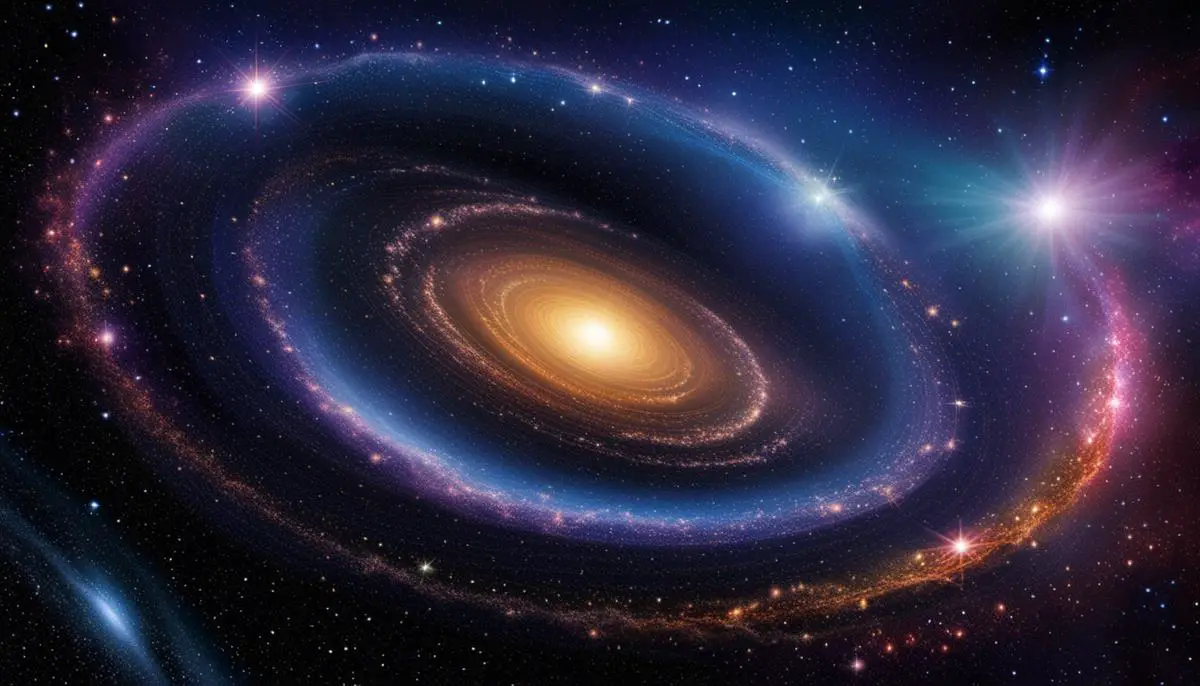
As we prepare to delve into the unknown, the James Webb Space Telescope stands at the vanguard of a new era in space exploration. Its unprecedented capabilities are set to revolutionize our understanding of the universe, whether through the detection of potentially habitable exoplanets, the scrutiny of the early universe, or insights into the elusive dark matter and dark energy. More than just a marvel of modern engineering, JWST symbolizes humanity’s resilient curiosity and the audacity to seek answers amid the cosmic unknown. As this advanced telescope embarks on its journey, the world anticipates a surge of knowledge and a profound awakening to the complexities and wonders of the universe.
![]()
